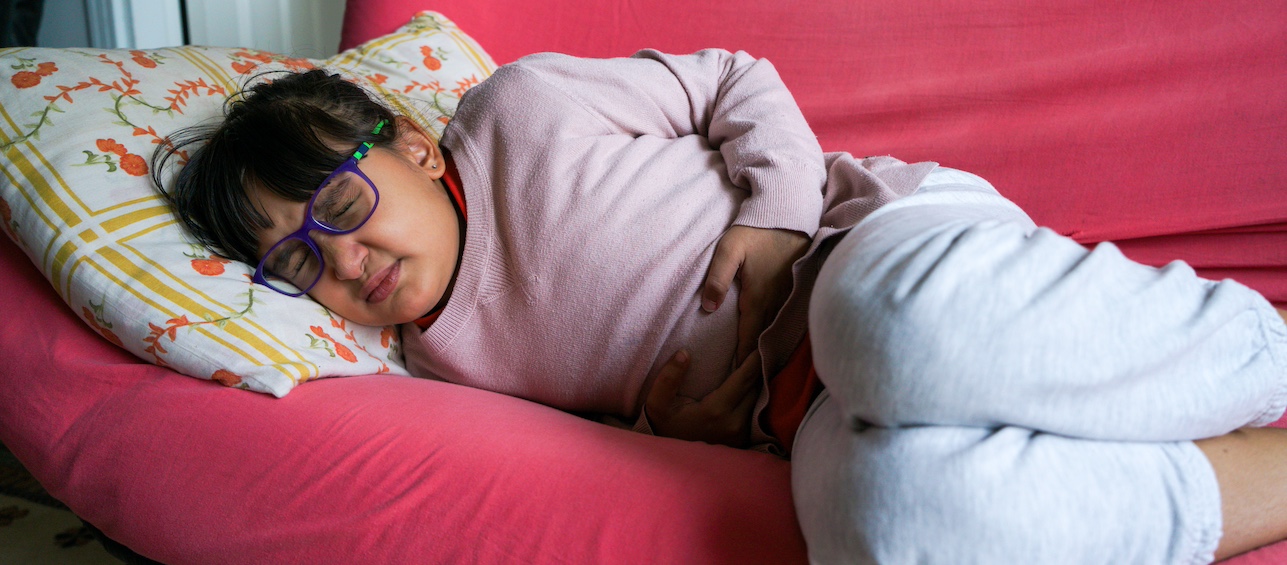A vital national program helping to ensure that children receive care from pediatric specialists trained to meet children’s unique health care needs is up for renewal this year at the federal level. Since 1999, the Children’s Hospitals Graduate Medical Education (CHGME) program has provided funding to children’s hospitals to train the next generation of pediatric care providers. This funding is critical because children’s hospitals do not get the same level of support as adult hospitals through Medicare, which is the major source of training funds for teaching hospitals that take care of adults.
Children’s hospitals make up just one percent of all hospitals, but they train 43 percent of all pediatric specialists. Since the program was enacted, children’s hospitals have increased their training capacity by 35 percent, helping address the most critical specialist shortages and access issues for children’s health care.
Still, while most children are either covered or eligible for coverage, many face tremendous challenges in accessing care. In 2007, the Expert Work Group on Pediatric Subspecialties determined that the main causes for this “crisis” in pediatric subspecialty care were an insufficient number of specialists, an increasing demand for these services, and insufficient funding for medical education. The report went on to say that a lack of available care harms children and families and produces pricey inefficiencies in the healthcare system as a whole.
A survey of children’s hospitals conducted by the National Association of Children’s Hospitals and Related Institutions (NACHRI) revealed that shortages in pediatric subspecialties including neurology, developmental-behavioral medicine, general surgery, pulmonology, and other subspecialties adversely affect patient care. For example, the NACHRI survey found wait times of more than 10 weeks to see a pediatric endocrinologist, and nine weeks for a pediatric neurologist.
It is clear that Americans want our country to do more on children’s health issues. Children’s hospitals throughout the nation call on legislators to reauthorize the CHGME program, with annual funding at least equal to the current $317.5 million level. This is a crucial step for improving children’s access to safe and effective health care by well trained physicians.
Tom Dewitt, MD, is the Carl Weihl Professor of Pediatrics, Director of the Division of General and Community Pediatrics, and Associate Chair for Education in the Department of Pediatrics at Cincinnati Children’s. He is known nationally and internationally for his publications and presentations in the areas of faculty development and community-based education and research.




